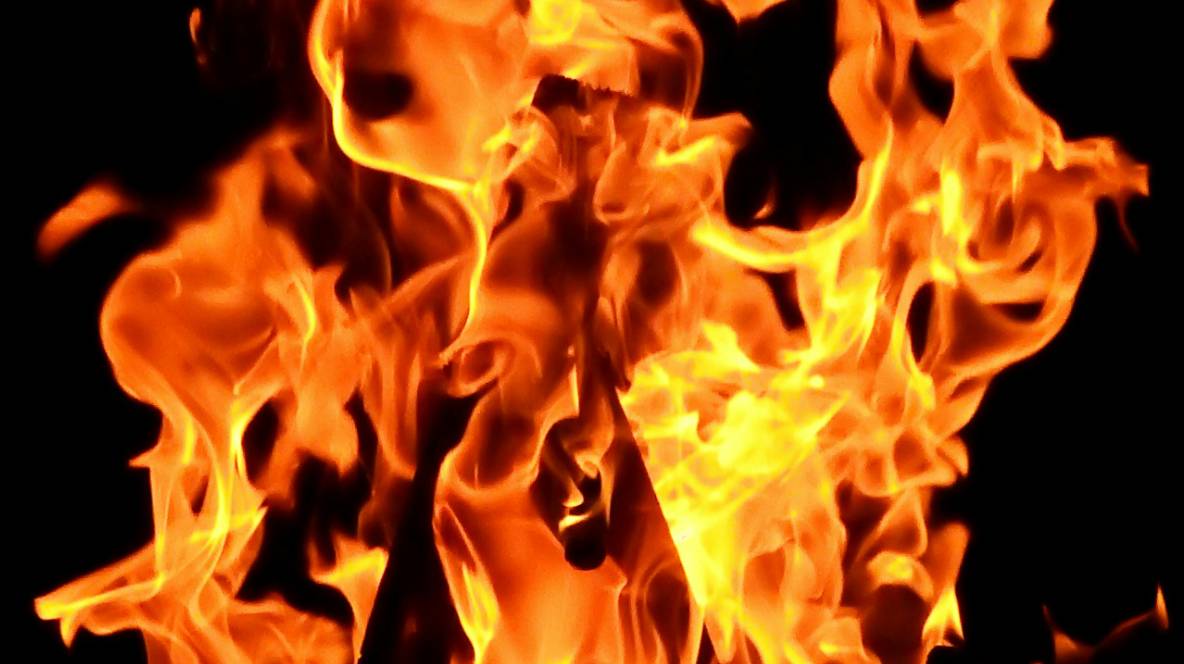Taming the Heat: Managing Exothermic Reactions in Cyanoacrylate Bonding
Cyanoacrylate, renowned for its rapid curing speed, undergoes an exothermic reaction during the bonding process, generating heat. While this characteristic is often beneficial, it can also pose challenges if not managed properly. This blog explores the potential issues associated with exothermic reactions and provides practical solutions to ensure successful cyanoacrylate bonding.
Understanding Exothermic Reactions in Cyanoacrylate
The exothermic reaction in cyanoacrylate occurs as the adhesive cures, releasing heat energy. While this heat can accelerate the curing process, excessive heat buildup can lead to several problems:
-
- Material Damage: Heat can damage heat-sensitive materials, causing warping, discoloration, or even melting.
-
- Bond Strength Reduction: Excessive heat can weaken the bond by affecting the adhesive’s curing process.
-
- Fire Hazard: In rare cases, extreme heat buildup can ignite flammable materials.
Mitigating the Risks of Exothermic Reactions
To prevent issues caused by exothermic reactions, consider the following strategies:
-
- Material Compatibility: Ensure that the materials being bonded can withstand the heat generated during the curing process.
-
- Thin Adhesive Layers: Applying thin, even layers of adhesive helps to dissipate heat more effectively.
-
- Controlled Curing Environment: Maintain a cool working environment to minimize heat buildup.
-
- Heat Sinks: Use heat sinks or thermal conductive materials to absorb excess heat.
-
- Curing Acceleration Techniques: Employ alternative curing methods like UV light or heat curing to control the exothermic reaction.
-
- Fire Safety Precautions: Follow proper fire safety guidelines, especially when working with large quantities of cyanoacrylate.
Incure: Your Partner in Exothermic Reaction Management
Incure offers specialized solutions to address the challenges posed by exothermic reactions:
-
- Custom Formulations: Develop cyanoacrylate formulations with reduced exothermic heat generation.
-
- Application Guidance: Provide expert advice on application techniques to minimize heat buildup.
-
- Material Compatibility Testing: Evaluate material suitability to prevent heat-related damage.
By partnering with Incure, you can optimize your bonding process and mitigate the risks associated with exothermic reactions.
Find your perfect cyanoacrylate bonding solution with Incure’s diverse adhesives! Shop Online or visit www.incurelab.com for more products. Need help choosing? Contact Us!
